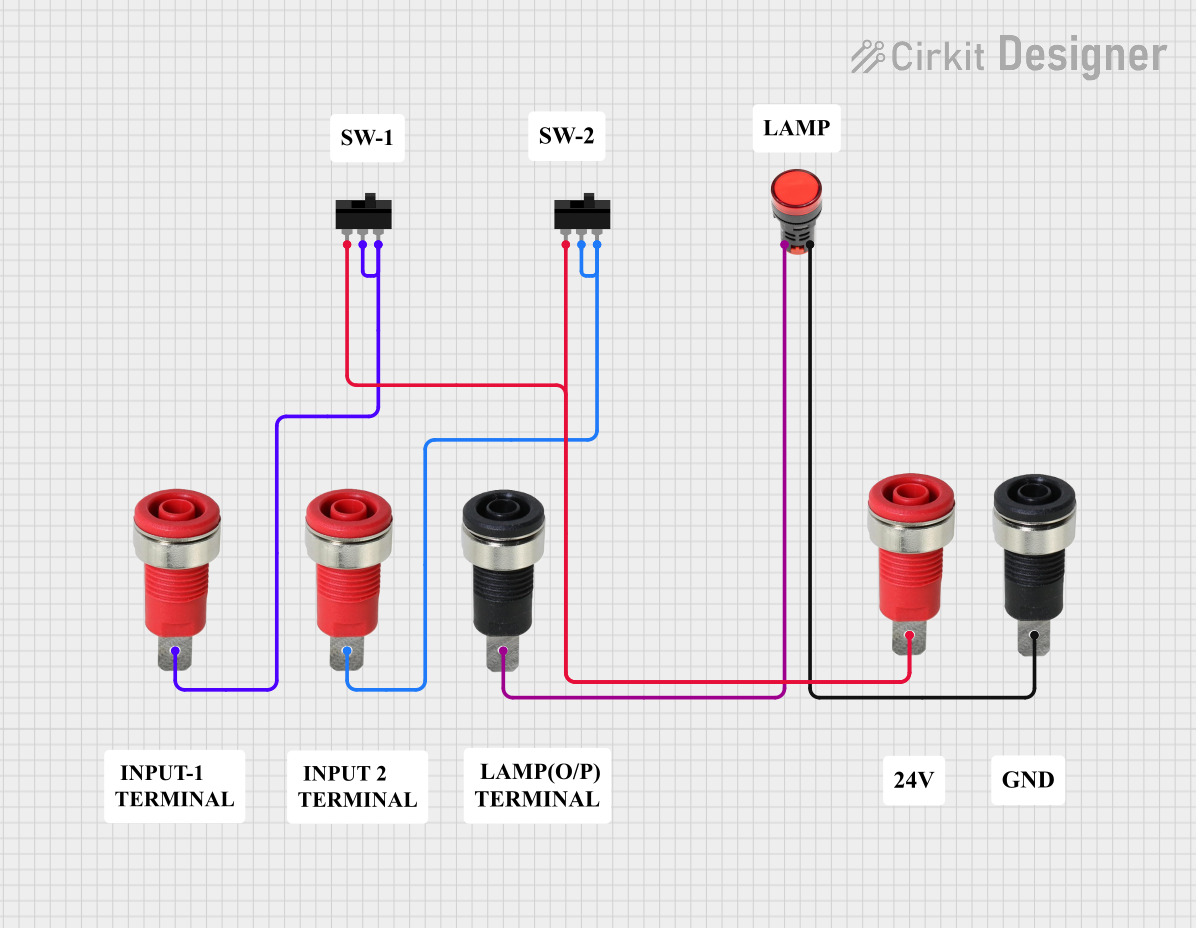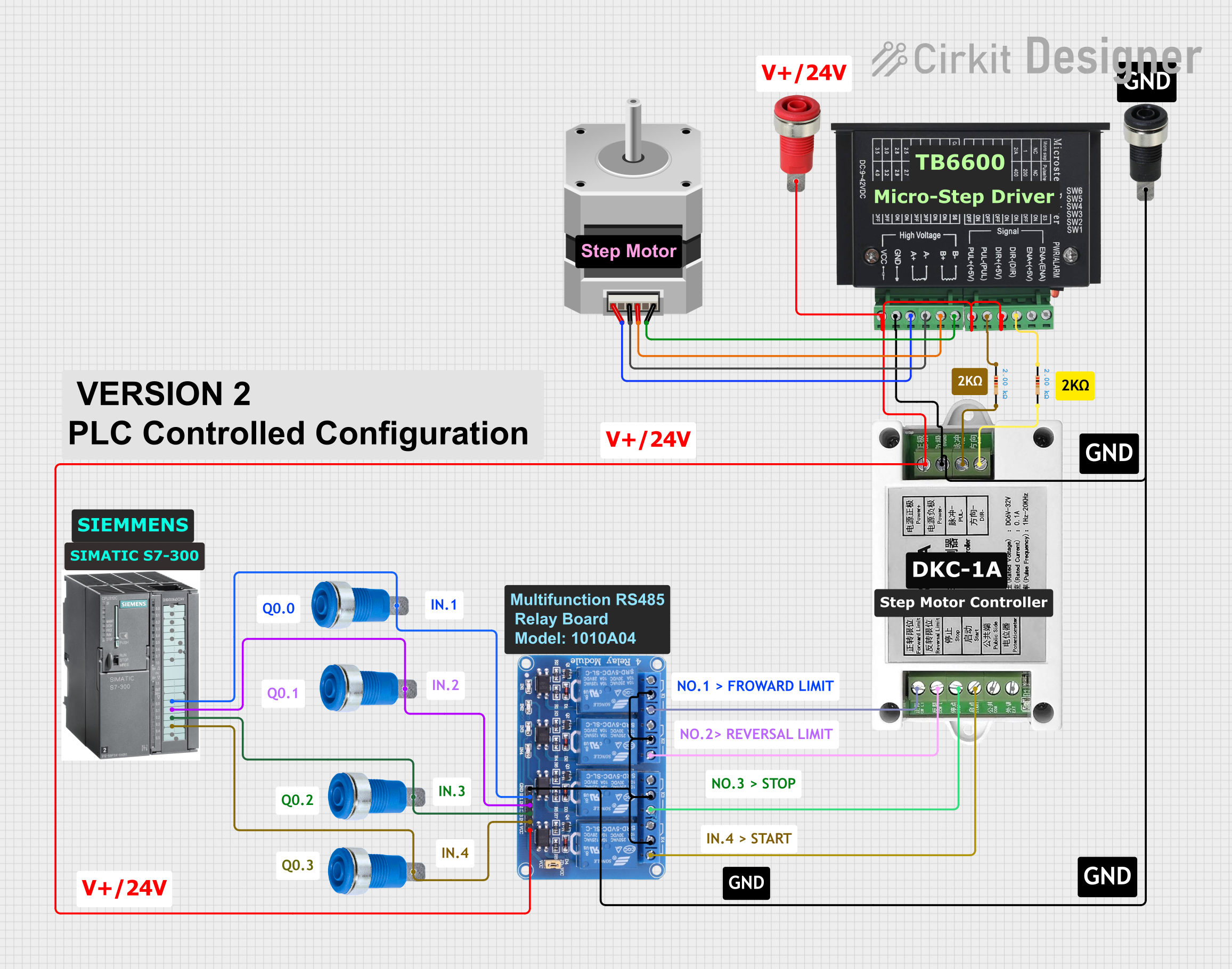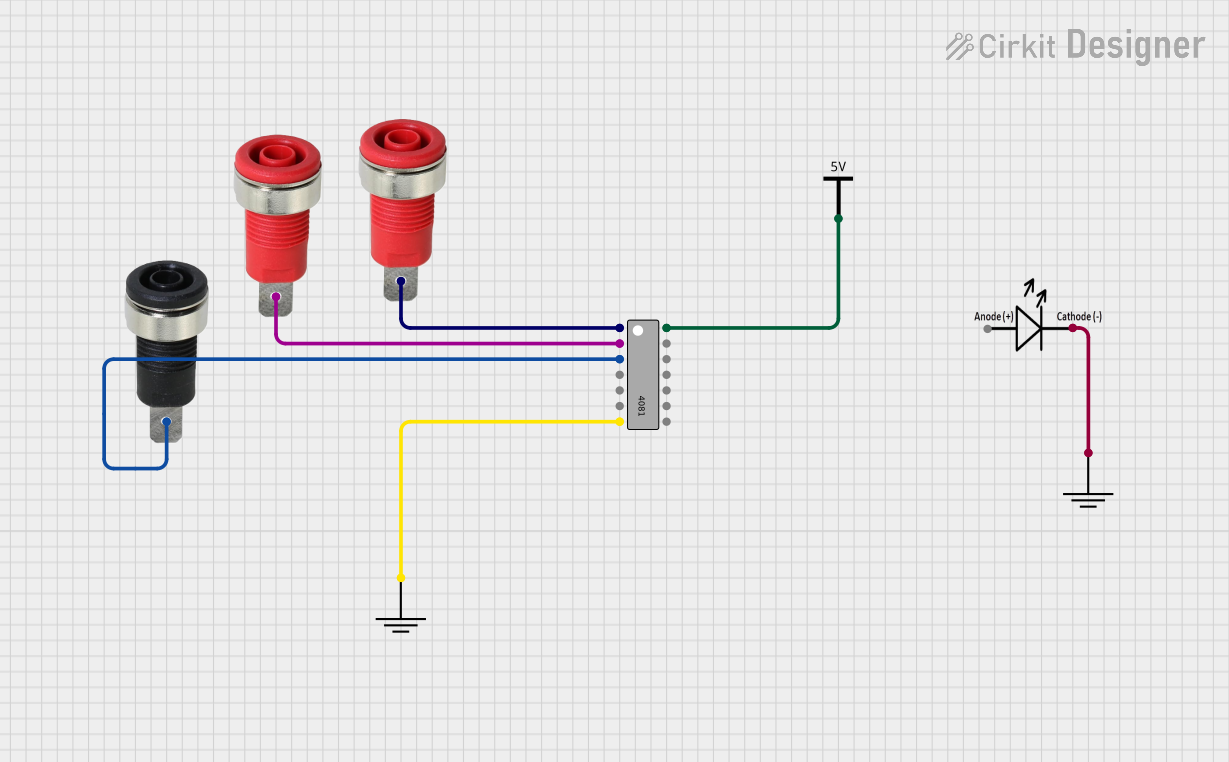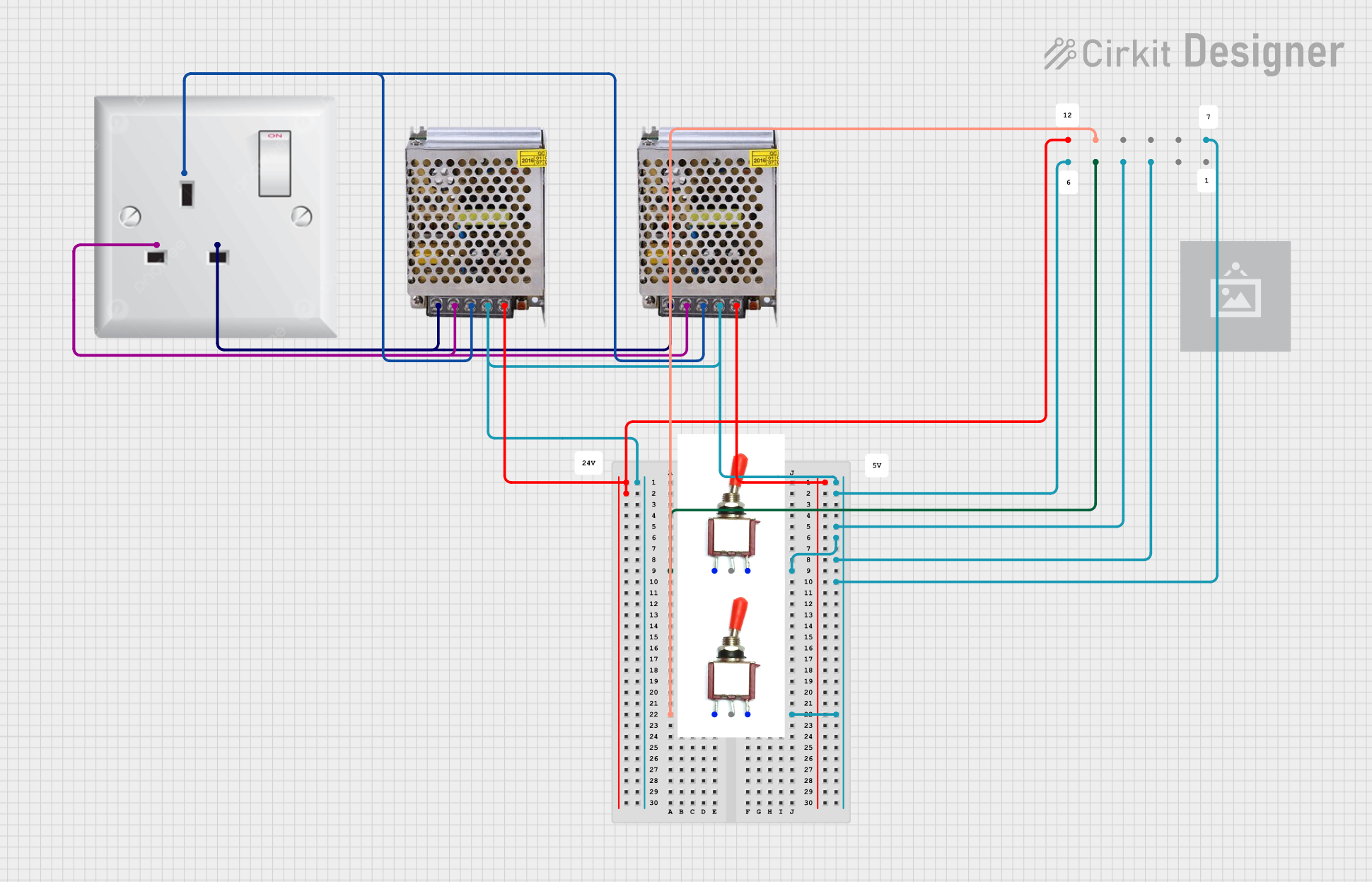
How to Use Banana Plug: Examples, Pinouts, and Specs

 Design with Banana Plug in Cirkit Designer
Design with Banana Plug in Cirkit DesignerIntroduction
The Banana Plug, manufactured by Hirschmann, is a type of electrical connector used to join wires to equipment. It is commonly used in test equipment and speaker connections due to its ease of use and reliable connection. The plug is named for its banana-like shape and is designed to fit snugly into a corresponding socket, ensuring a secure electrical connection.
Explore Projects Built with Banana Plug

 Open Project in Cirkit Designer
Open Project in Cirkit Designer
 Open Project in Cirkit Designer
Open Project in Cirkit Designer
 Open Project in Cirkit Designer
Open Project in Cirkit Designer
 Open Project in Cirkit Designer
Open Project in Cirkit DesignerExplore Projects Built with Banana Plug

 Open Project in Cirkit Designer
Open Project in Cirkit Designer
 Open Project in Cirkit Designer
Open Project in Cirkit Designer
 Open Project in Cirkit Designer
Open Project in Cirkit Designer
 Open Project in Cirkit Designer
Open Project in Cirkit DesignerTechnical Specifications
Key Technical Details
| Parameter | Value |
|---|---|
| Manufacturer | Hirschmann |
| Connector Type | Banana Plug |
| Contact Material | Brass |
| Insulation Material | Polyamide |
| Voltage Rating | 30V AC / 60V DC |
| Current Rating | 10A |
| Contact Resistance | < 5 mΩ |
| Insulation Resistance | > 10^9 Ω |
| Operating Temperature | -25°C to +70°C |
Pin Configuration and Descriptions
| Pin Number | Description |
|---|---|
| 1 | Positive Terminal (Red) |
| 2 | Negative Terminal (Black) |
Usage Instructions
How to Use the Banana Plug in a Circuit
- Preparation: Strip the insulation off the end of the wire you intend to connect, exposing about 1 cm of the conductor.
- Insertion: Insert the stripped end of the wire into the rear of the banana plug.
- Securing: Tighten the screw on the banana plug to secure the wire in place.
- Connection: Insert the banana plug into the corresponding socket on your equipment.
Important Considerations and Best Practices
- Ensure Proper Polarity: Always connect the red banana plug to the positive terminal and the black banana plug to the negative terminal.
- Avoid Overloading: Do not exceed the voltage and current ratings specified for the banana plug.
- Regular Inspection: Periodically check the connections for any signs of wear or corrosion and replace the banana plugs if necessary.
- Secure Connections: Ensure that the wire is tightly secured in the banana plug to prevent any loose connections that could lead to electrical faults.
Troubleshooting and FAQs
Common Issues Users Might Face
- Loose Connection: The wire may not be securely fastened in the banana plug.
- Corrosion: Over time, the metal parts of the banana plug may corrode, leading to poor electrical contact.
- Overheating: Exceeding the current rating can cause the banana plug to overheat.
Solutions and Tips for Troubleshooting
- Loose Connection: Ensure that the screw on the banana plug is tightened properly. If the wire is still loose, consider using a thicker gauge wire.
- Corrosion: Clean the metal parts of the banana plug with a contact cleaner. If corrosion is severe, replace the banana plug.
- Overheating: Check the current rating of your circuit and ensure it does not exceed the 10A rating of the banana plug. Use a higher-rated connector if necessary.
FAQs
Q: Can I use banana plugs for high-voltage applications? A: No, banana plugs are typically rated for low-voltage applications (30V AC / 60V DC). For high-voltage applications, use connectors specifically designed for that purpose.
Q: How do I know if my banana plug is securely connected? A: A securely connected banana plug should not wiggle or come loose easily. The wire should be firmly held in place by the screw.
Q: Can I use banana plugs with an Arduino UNO? A: While banana plugs are not typically used directly with an Arduino UNO, they can be used to connect external components or test equipment to the Arduino. Ensure that the connections are secure and within the voltage and current ratings of the Arduino.
By following this documentation, users can effectively utilize Hirschmann's Banana Plugs in their electronic projects, ensuring reliable and secure connections.